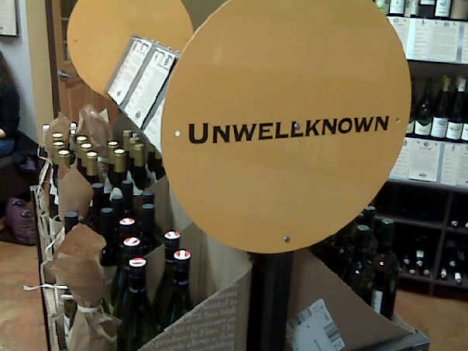
I have no problem so far with Facebook Places. I like the idea that you can see where your friends are “assuming they’ve opted in to do so”. The ability I want that so far I haven’t seen in location-based apps is to say, for instance, “Where is Jeff Cohen right now?” That would have come in handy at SXSW this year, for instance, where I spent a lot of time muttering that actual question.
That sounds like a much more useful feature than seeing randomly where your friends are, especially if they’re having lunch in a restaurant on the opposite coast.
So far, in my limited use of Places, I can’t tell how easily that can be accomplished on a mobile device. It looks like I would have to go to my friend’s page and see if his or her most recent check-in is shown in the activity stream.
Facebook could make it easier to find. On my iPhone, when I look at a friend’s page, down at the bottom I see Wall, Info and Photos. Why not add Places? Then I could just click and see the last check in.
“Feel free to tell me if this ability already exists in Places or other location services. I make no claim to comprehensive and exclusive knowledge of anything beyond what the inside of my eyelids looks like.”
“But wait,” you say “assuming you’re concerned about privacy”, “What if I don’t want people to know where I am?” My answer to that is, “Read one of the thousand articles written yesterday on how to turn off or customize this feature.”
I understand people’s privacy concerns, and I share them. Facebook has played fast and loose with privacy, making things open by default that should have been closed, because ultimately it is financially beneficial to them to have more and more people sharing more and more information.
But shouldn’t we be assuming that by now, not just about Facebook in particular, but about the Web in general? Essentially, many people are saying, “I’m using this free service and now I’m mad because I don’t like the things that I agreed to without trying to understand what they were.”
I’ve seen people online yesterday and today counting down to the inevitable Facebook Places backlash, and they’re right — it will be here any minute now. Regardless of everything I said above about the necessity of understanding what you’re getting yourself into “and I’m sure by saying all of that I’ve doomed myself to doing something public and boneheaded in social media this week”, Facebook really does shoot itself in the foot, over and over. For the life of me I cannot fathom why they would give users the ability to check their friends in to places, and turn that on by default. That one should lead to some interesting lawsuits. I’m also wondering how soon before it shows up as part of the plot on “Law and Order.”

![Annoying Noises Prohibitted [sic]](https://i0.wp.com/farm4.static.flickr.com/3142/2898020303_635ed6118d.jpg?resize=375%2C500)


